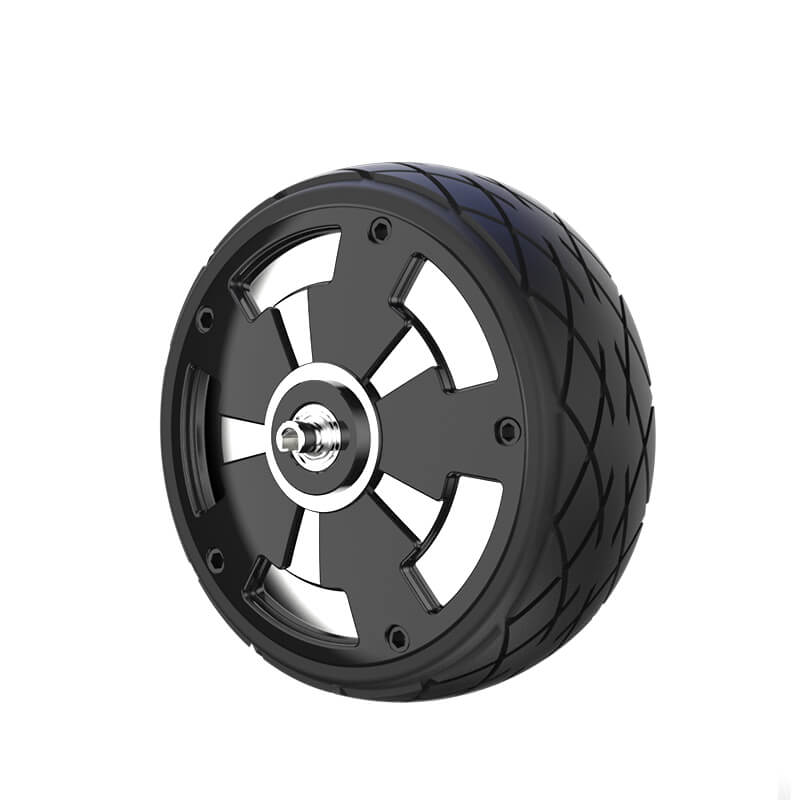The Evolution of Motor Control: From Conventional to Brushless Technologies
In the realm of modern machinery and automation, motors serve as the heartbeat behind countless innovations. From simple DC motors powering household appliances to complex servo systems enabling robotic arms, motor control technology continually evolves to meet rising demands for speed, accuracy, and durability.

Among these advancements, brushless servo motor control boards stand out as a game-changer. Their development reflects a shift toward smarter, cleaner, and more efficient systems. But what exactly makes these control boards so revolutionary, and who benefits most from their adoption?
Traditionally, brushed motors were ubiquitous due to their straightforward design and low cost. However, brushes and commutators introduced limitations: wear and tear, maintenance issues, electrical noise, and lower efficiency. As industries pushed towards higher performance and longer-lasting machinery, brushless motor systems gained popularity.
Understanding Brushless Servo Motors and Their Control Boards
A brushless servo motor, often called a brushless DC (BLDC) motor or brushless AC motor, uses electronic commutation instead of brushes. This means the electronic control system orchestrates the switching of current in the motor windings, creating a rotating magnetic field that drives the rotor.
The core of this precise control lies in the brushless servo motor control board. Essentially, it acts as the motor's brain—receiving commands, processing sensor feedback, and adjusting current flow to achieve the desired motion.
What sets brushless servo control boards apart is their ability to deliver highly accurate position, velocity, and torque control. They incorporate closed-loop feedback systems, typically using encoders or Hall sensors, ensuring that the motor responds exactly as programmed.
Advantages Over Traditional Control Methods
Enhanced Precision and Responsiveness: Brushless control boards can achieve sub-millimeter accuracy and rapid response times, vital in applications such as CNC machining, robotic surgery, or precision assembly.
Greater Efficiency: Eliminating brushes reduces friction and electrical losses, translating into higher energy efficiency and less heat generation.
Lower Maintenance and Longer Lifespan: With fewer wearable parts, brushless systems demand minimal upkeep, often operating smoothly for years.
Reduced Electromagnetic Interference (EMI): Electronic commutation produces less electrical noise, which is crucial in sensitive environments like aerospace or medical devices.
Programmability and Flexibility: Many control boards come with configurable parameters, enabling engineers to tailor performance characteristics for specific applications.
Key Features of Advanced Brushless Servo Motor Control Boards
High-Speed Operation: Capable of controlling motors at thousands of RPM with high stability. Multi-Axis Support: Managing multiple motors simultaneously, essential in complex automation setups. Integrated Safety Features: Overcurrent, overvoltage, and thermal protection ensure reliable operation. Communication Interfaces: Support for EtherCAT, CAN bus, USB, or Ethernet for seamless integration into larger systems.
Applications That Benefit from Brushless Servo Control
The versatility of these control boards allows their deployment across various sectors:
Robotics: Precise joint positioning, smooth movement, and high torque-to-inertia ratios. Aerospace and Defense: Reliable actuation systems where dependable, maintenance-free operation is a must. Manufacturing: Automated assembly lines and CNC machines demanding exact repeatability. Medical Equipment: Devices requiring sensitive control, such as surgical robots or imaging systems. Consumer Electronics: Advanced camera stabilizers and smart home appliances that execute intricate motions.
The Future of Brushless Servo Motor Control Boards
The trajectory of technological innovation hints at even smarter, more integrated control systems. We expect to see increased adoption of AI-driven algorithms for predictive maintenance and adaptive control, making these systems more autonomous and efficient.
Wireless communication and Internet of Things (IoT) integration are also on the rise, enabling real-time monitoring and remote tuning of motor performance. Moreover, advances in sensor technology and material science will further push the boundaries of what brushless control boards can achieve, shrinking size while boosting power and precision.
In sum, brushless servo motor control boards are at the forefront of a motor control revolution, enabling machines that are smarter, more robust, and more efficient than ever before. Their evolution signifies a new chapter in automation, one where accuracy and reliability are no longer compromises but standard features.
Kpower has delivered professional drive system solutions to over 500 enterprise clients globally with products covering various fields such as Smart Home Systems, Automatic Electronics, Robotics, Precision Agriculture, Drones, and Industrial Automation.




































